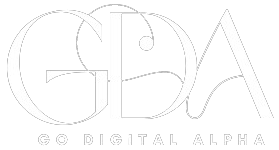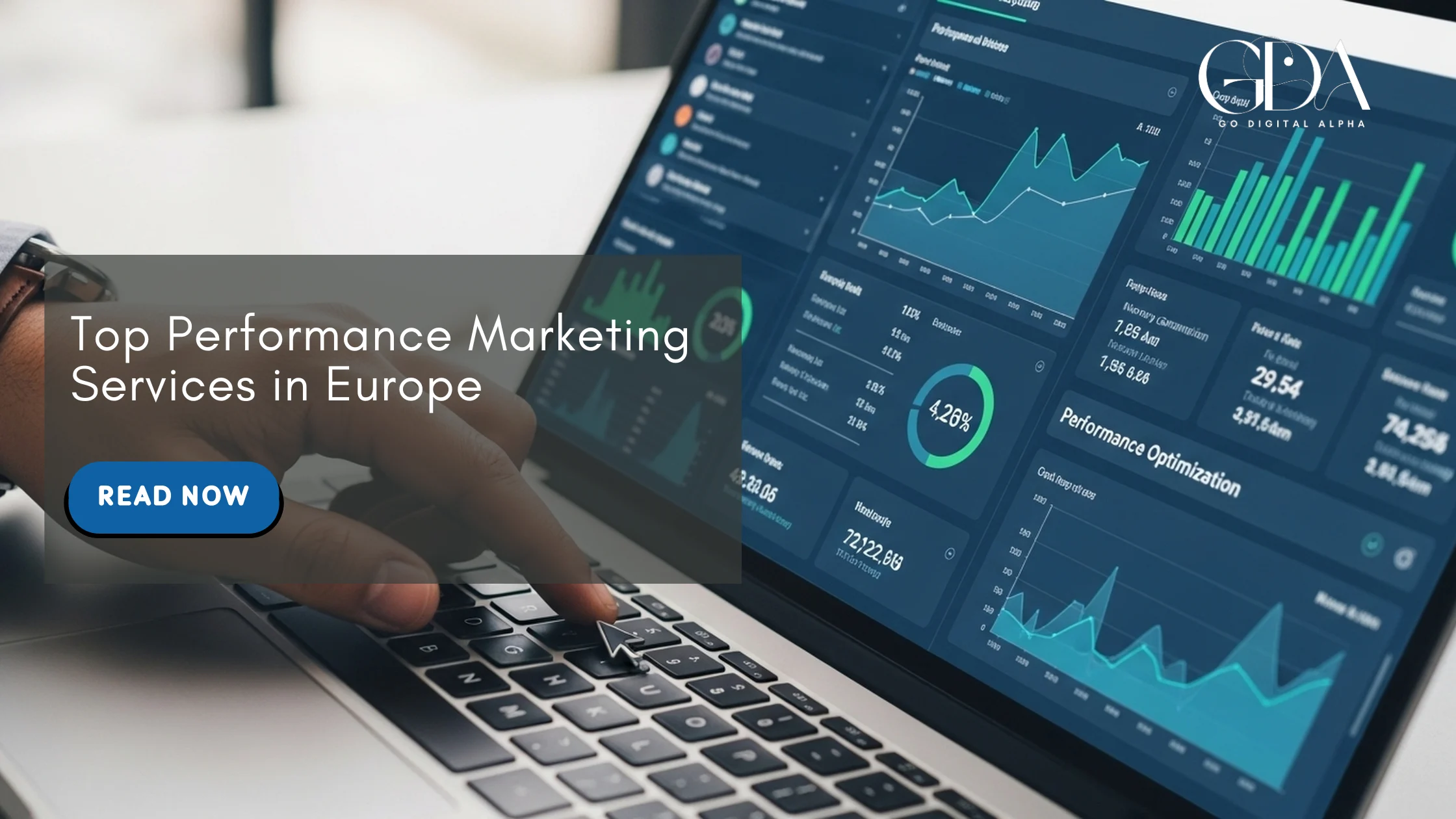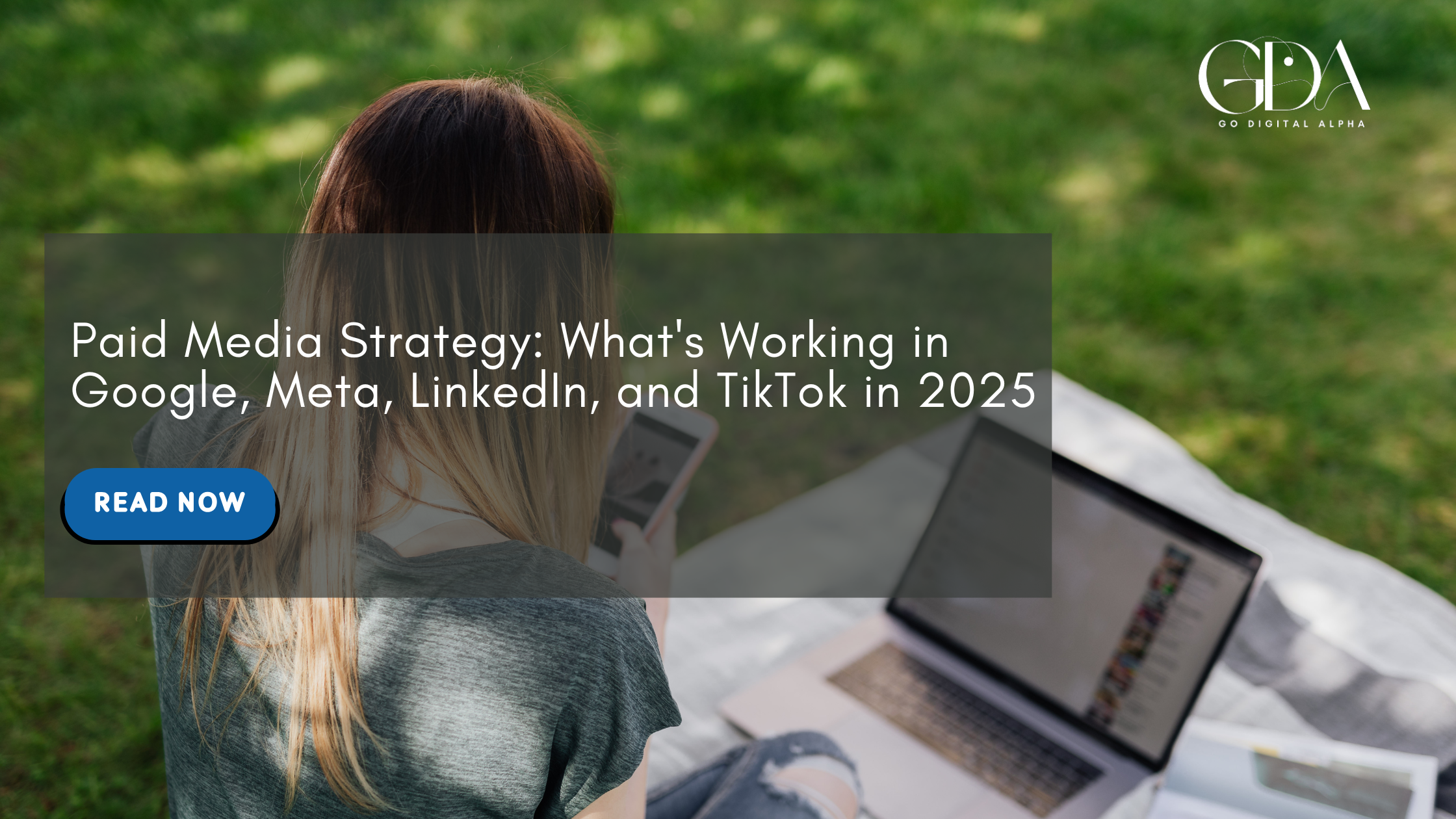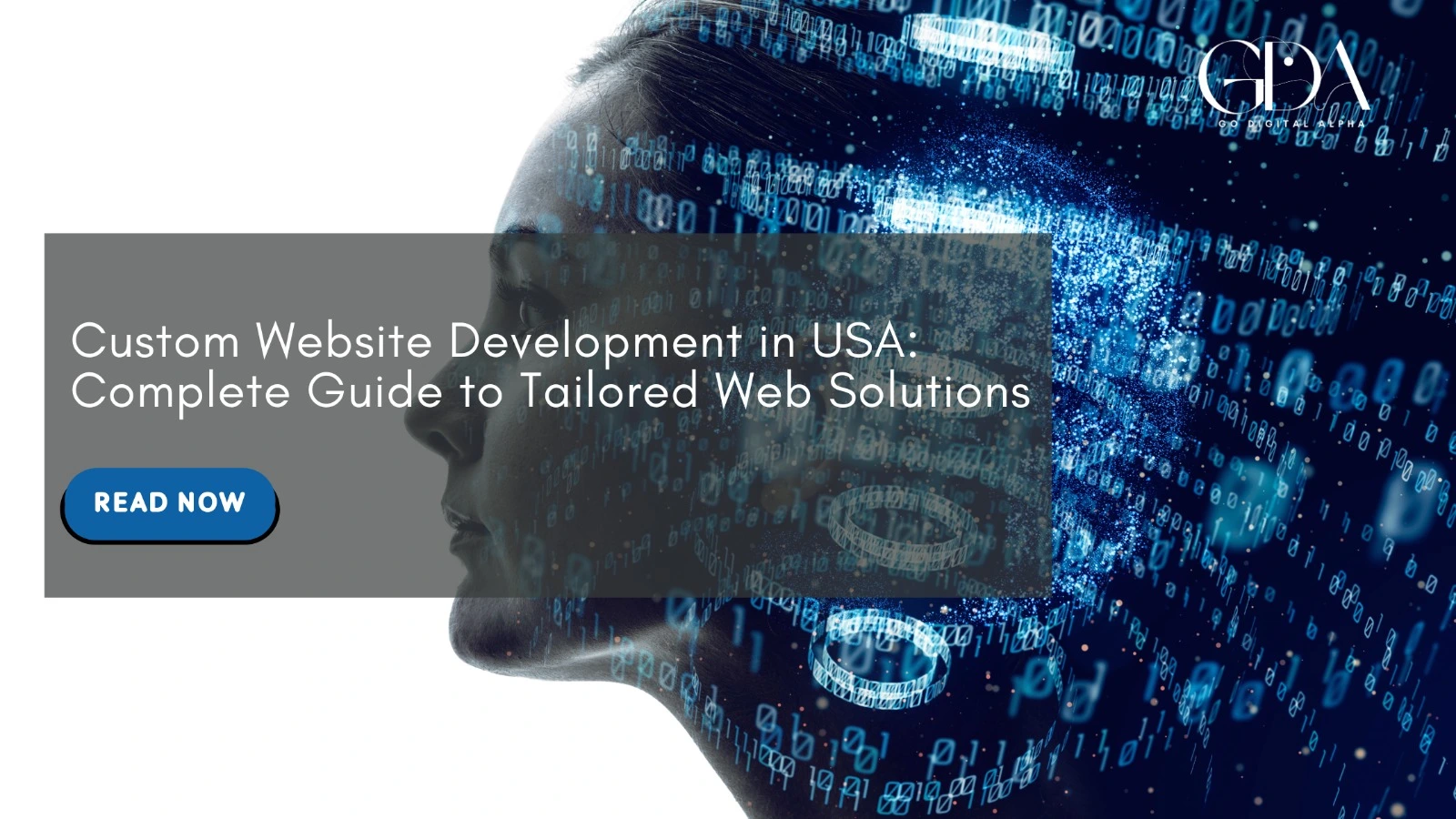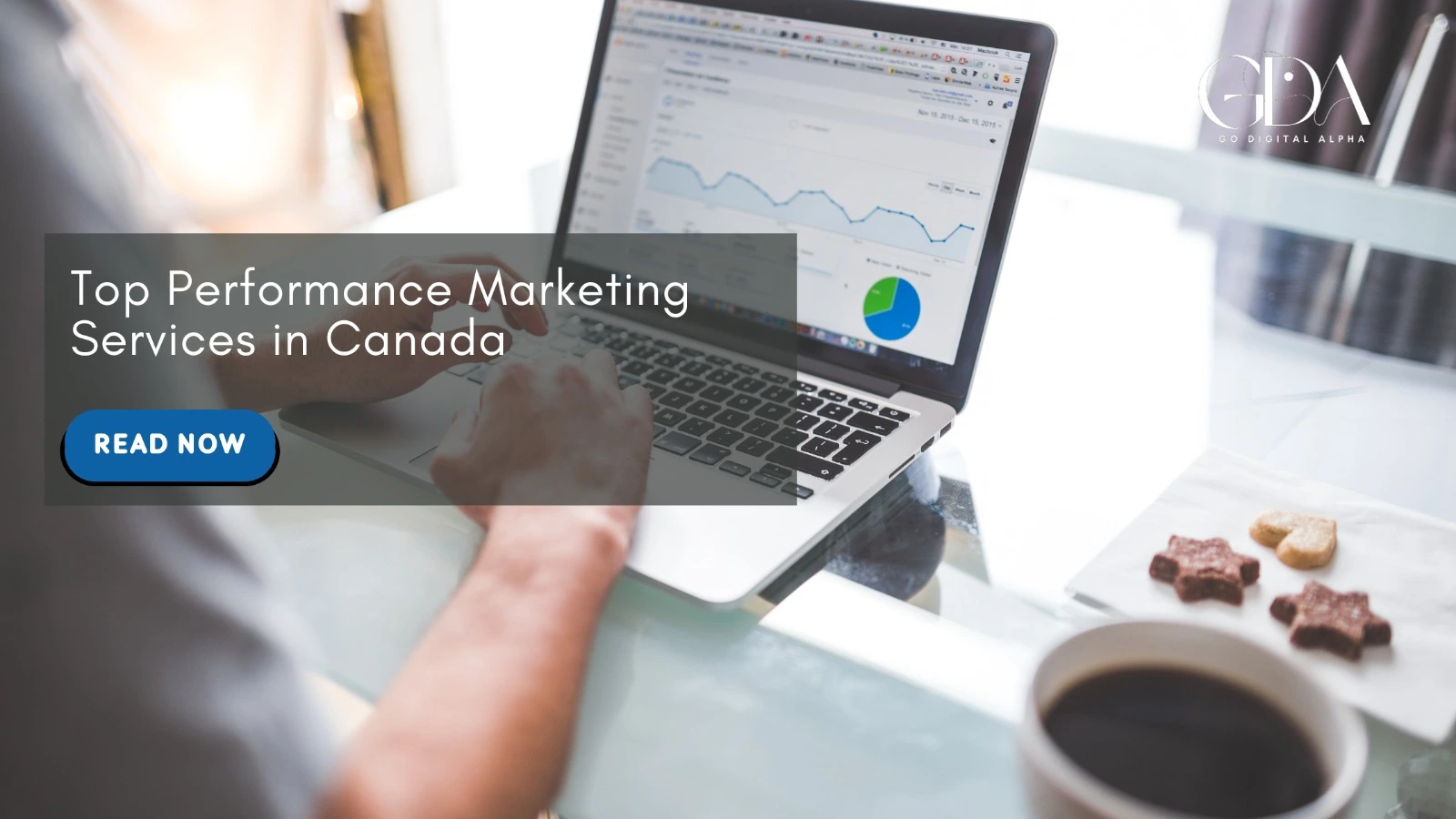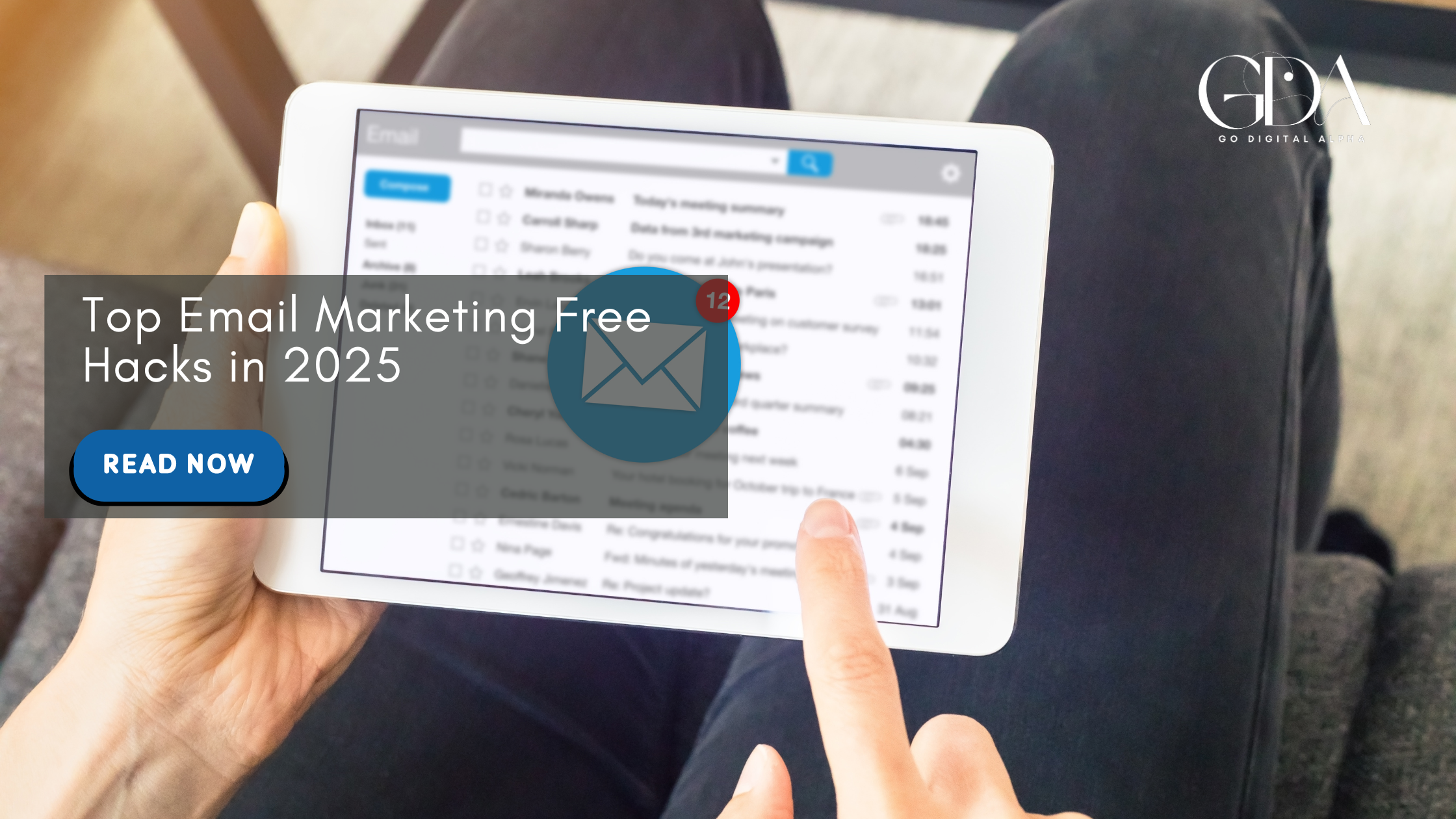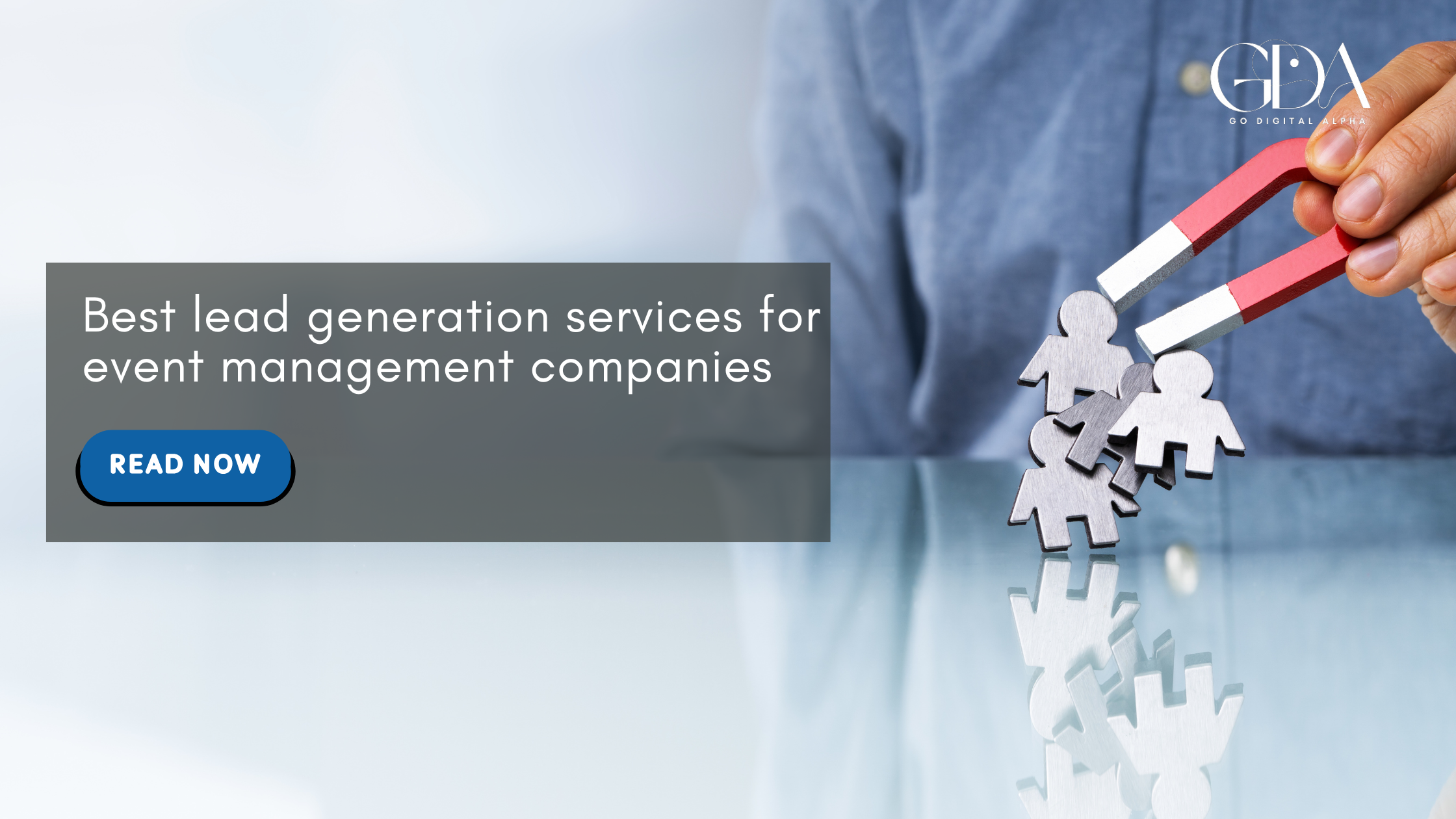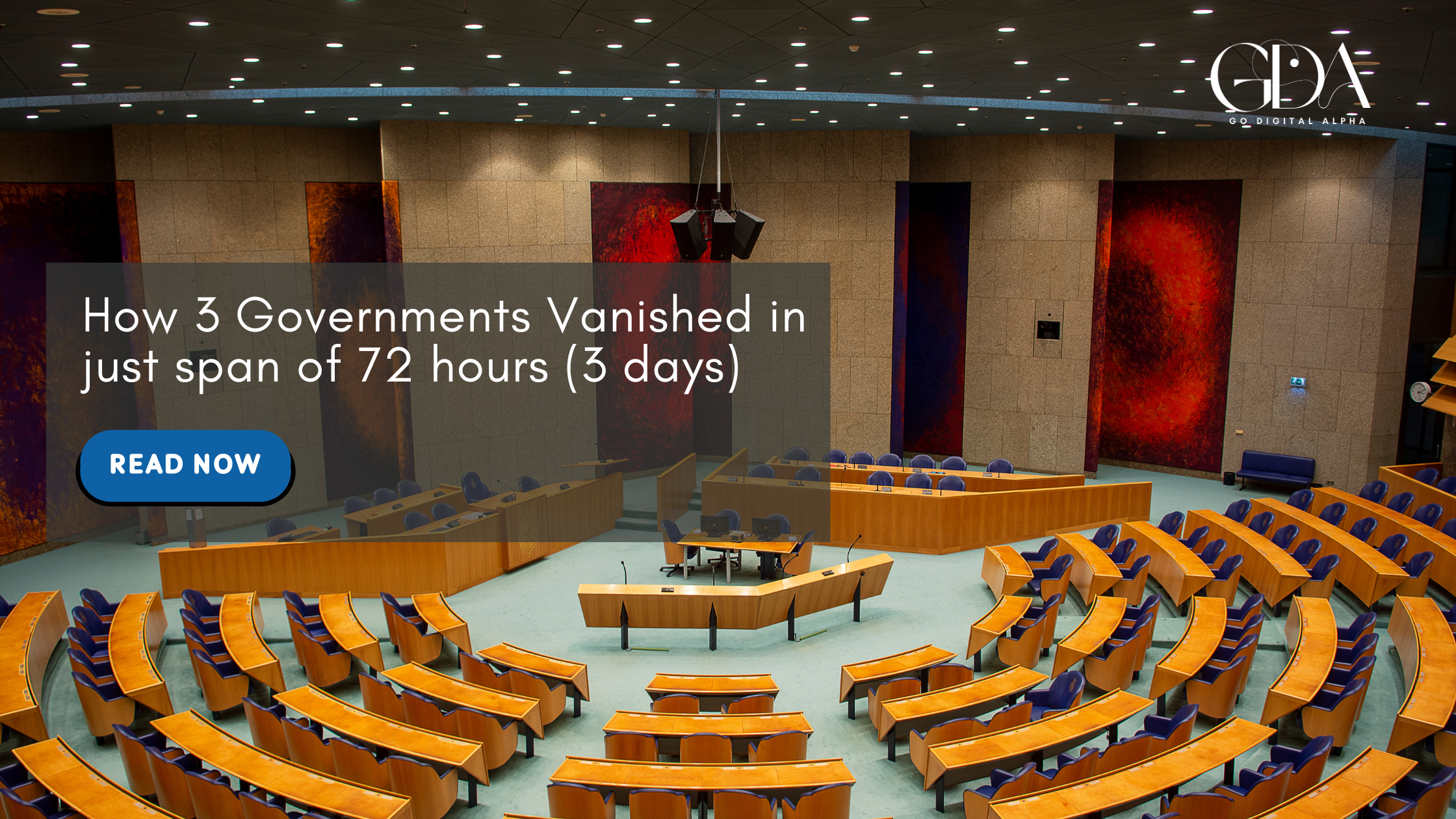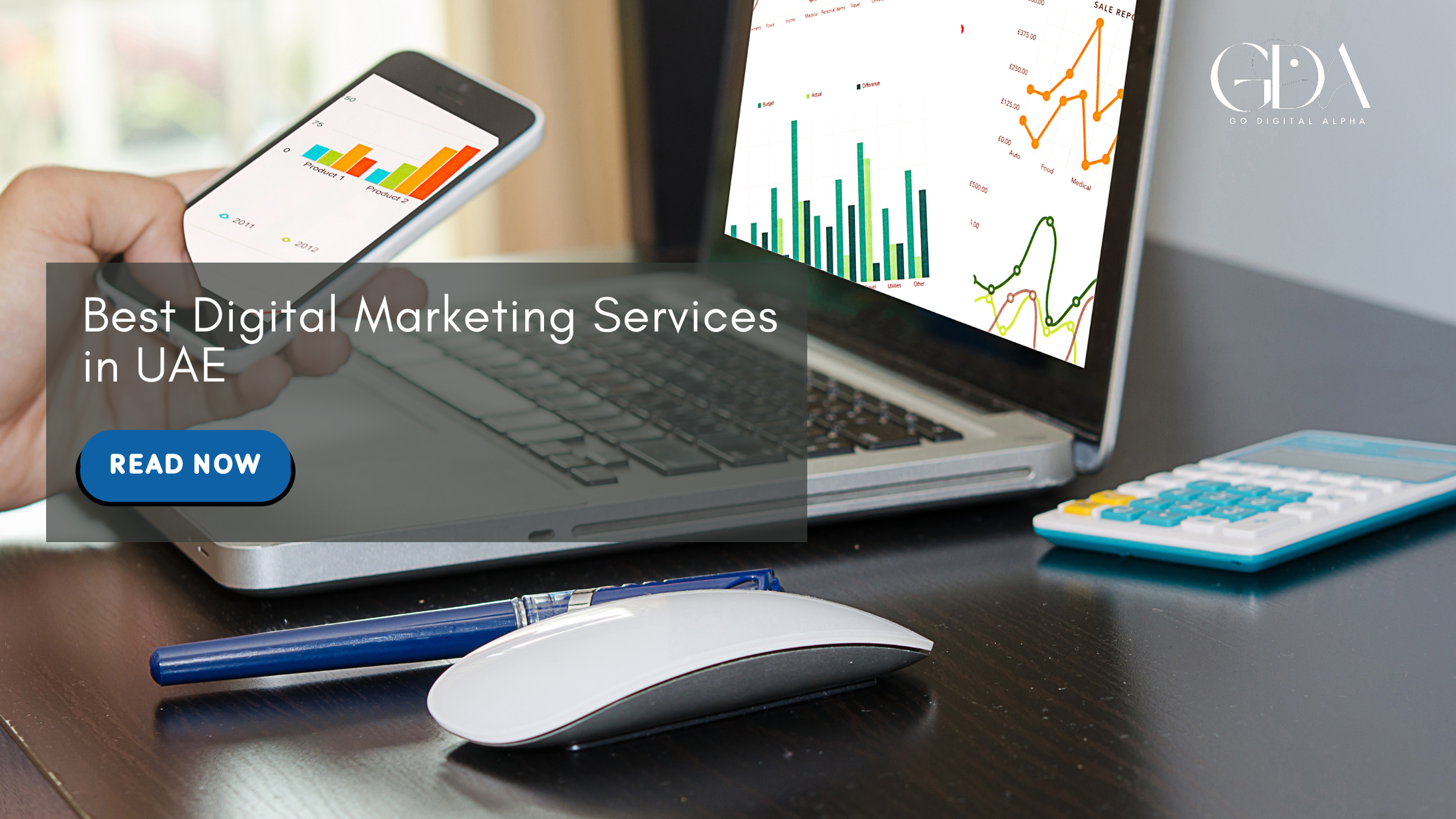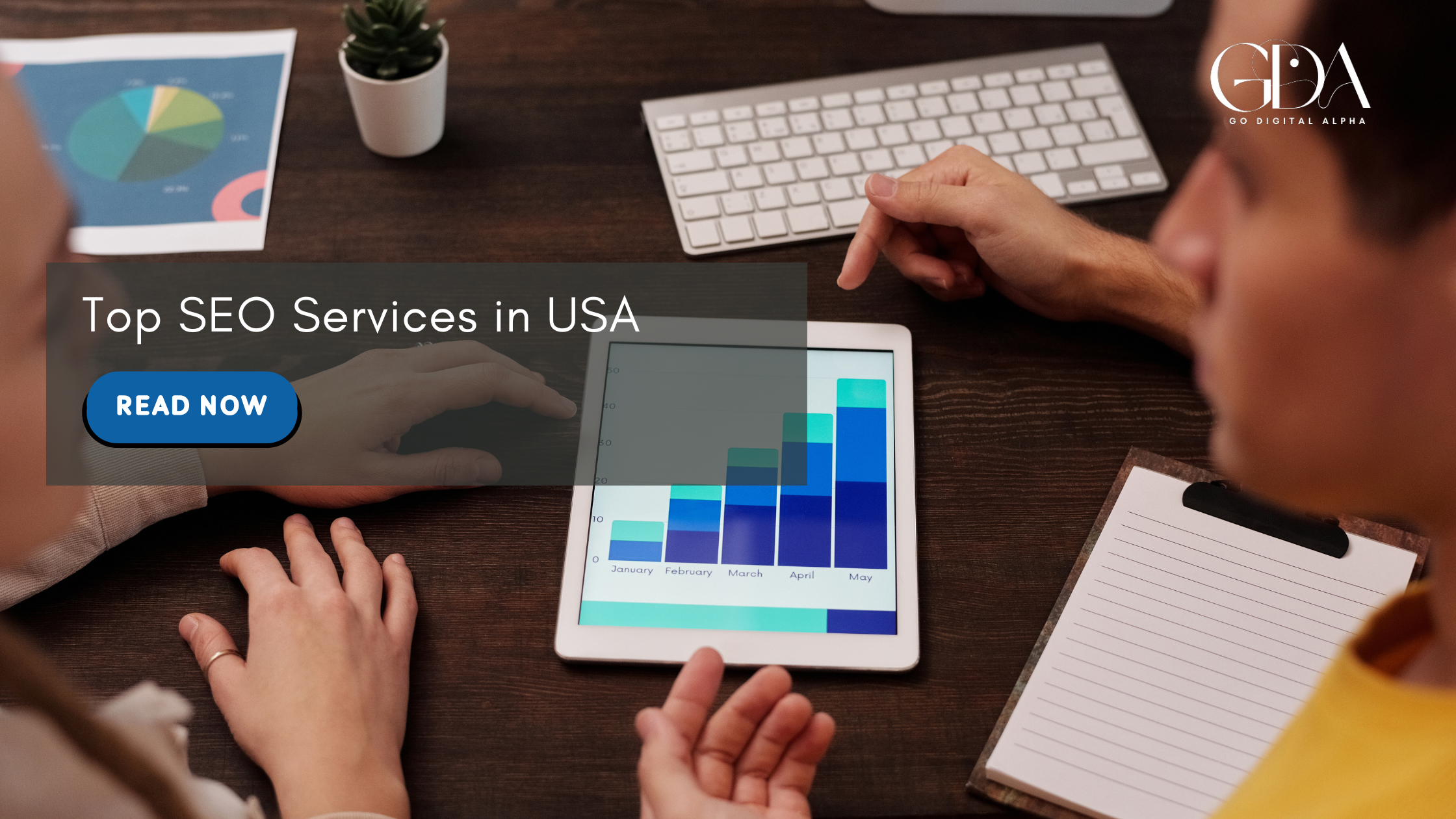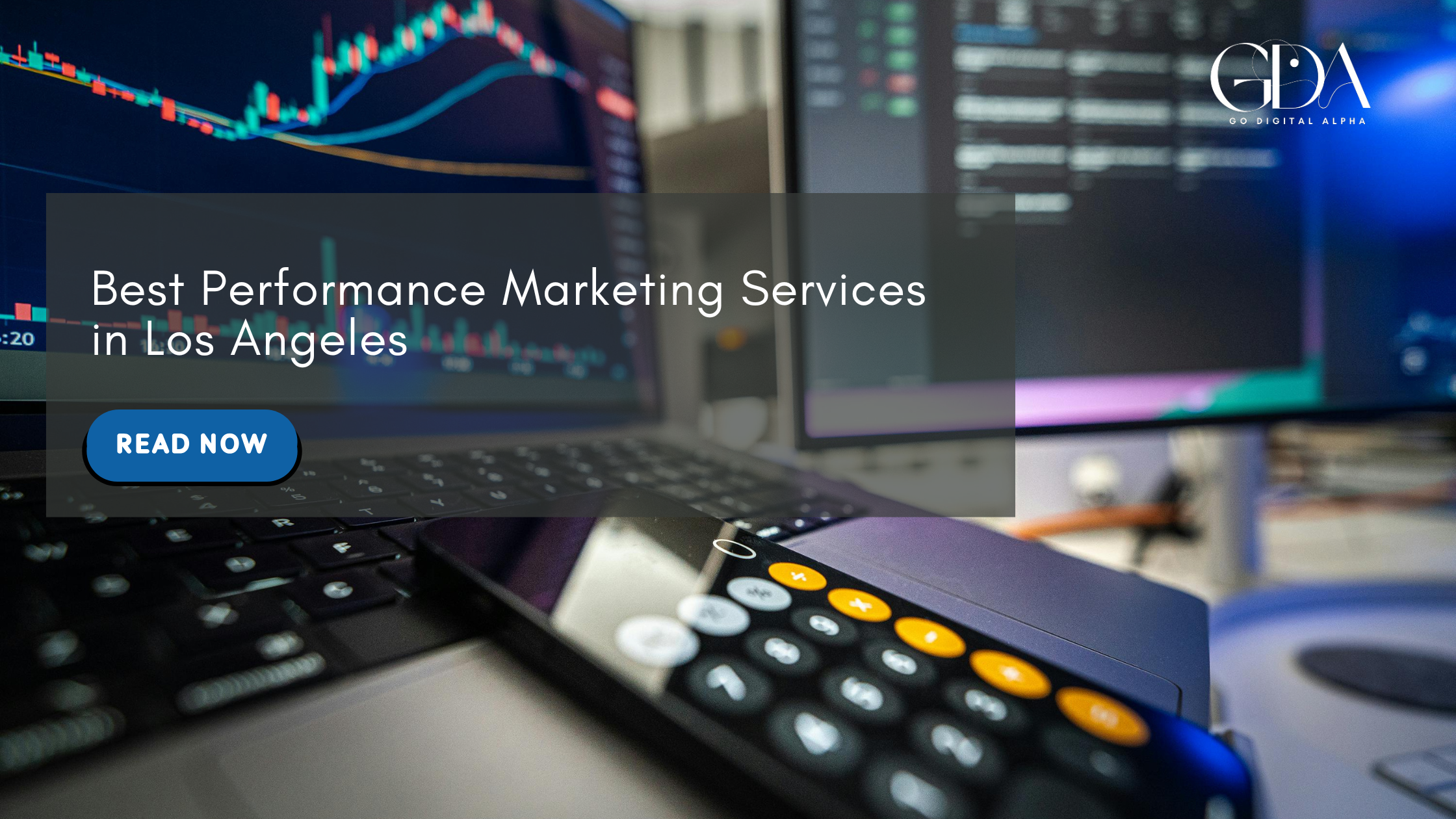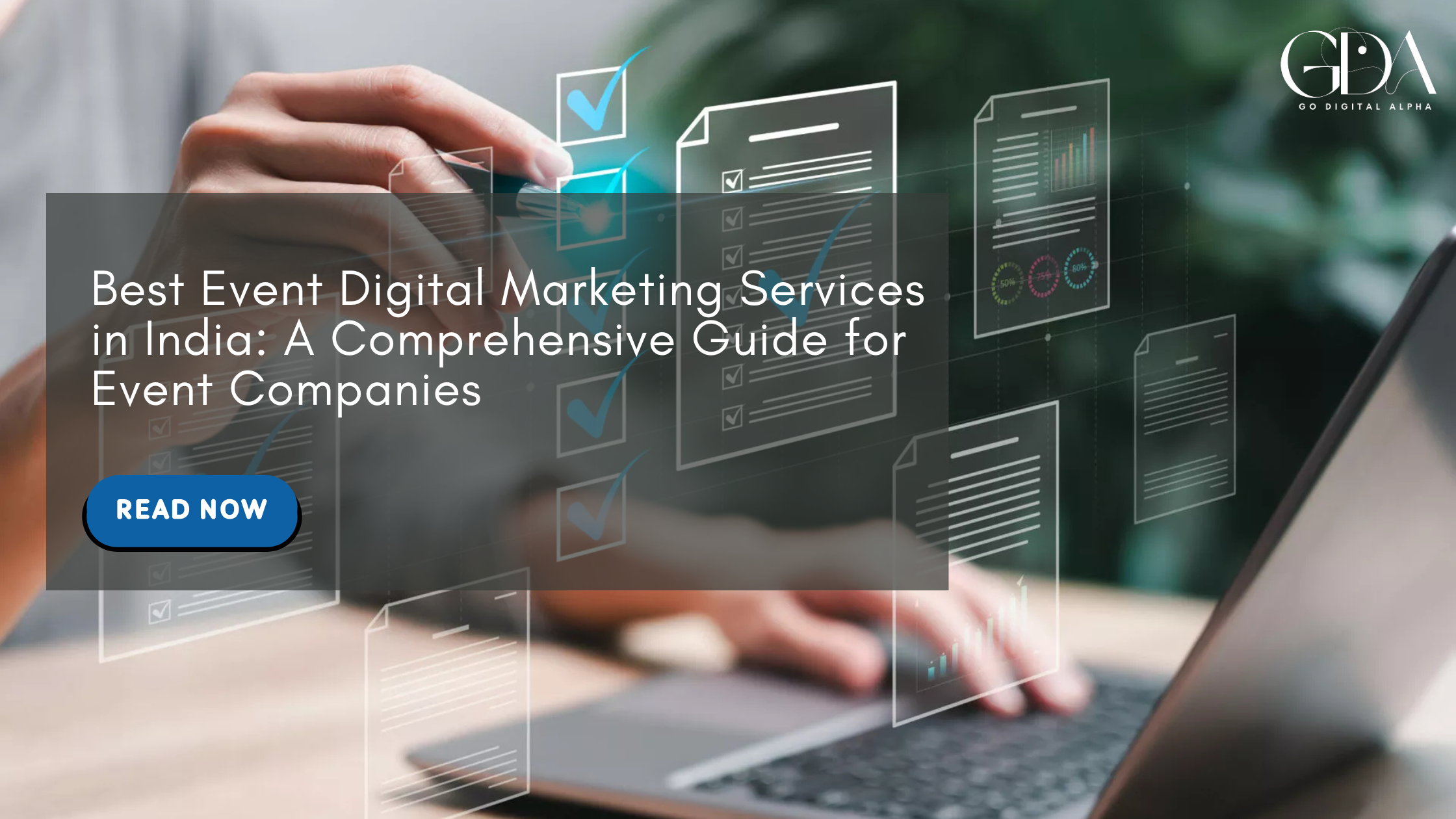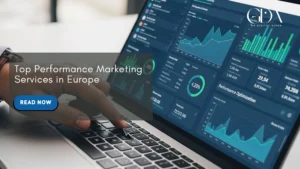Discover the top trending Google Ads hacks to boost clicks, maximize ROI, and stay ahead in 2025. Smart tips, proven strategies, and expert insights for success.
Top Trending Google Ads Hacks to Grow Your Business in USA in 2025
- Homepage
- Insights
- Top Trending Google Ads Hacks to Grow Your Business in USA in 2025
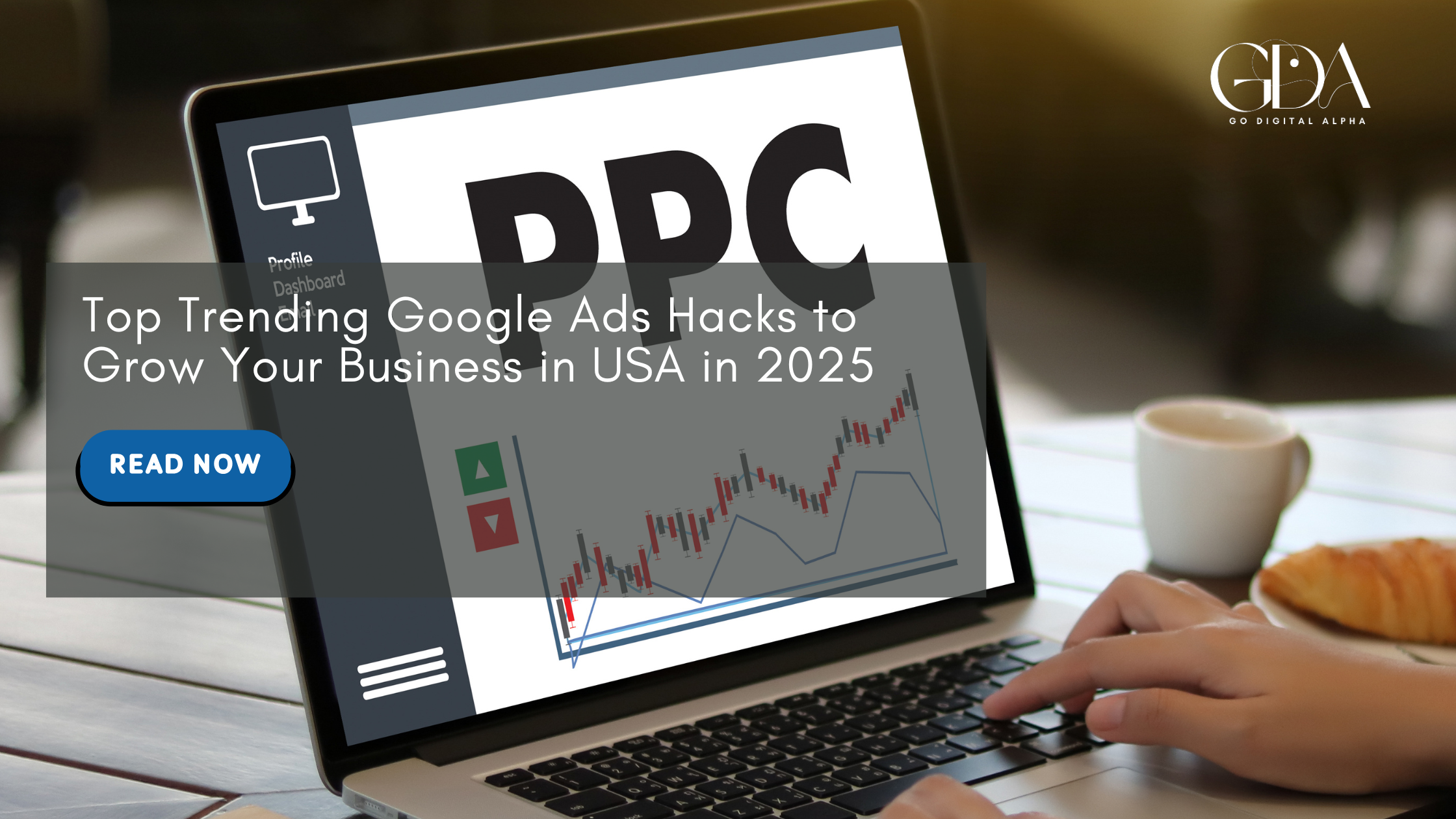
The digital advertising landscape has evolved dramatically in 2025, and Google Ads continues to dominate the paid search arena with over 8.5 billion searches per day. For businesses in the USA, mastering the latest Google Ads strategies isn’t just an advantage—it’s essential for survival in an increasingly competitive marketplace. This comprehensive guide reveals the most effective, cutting-edge Google Ads hacks that successful businesses are using to drive exponential growth while optimizing their return on investment.
Key Takeaways
- The Evolution of Google Ads: What’s Different in 2025
- Audience Signal Mastery
- Target ROAS for Profit Maximization
- Advanced Audience Targeting Techniques
- First-Party Data Optimization
- Campaign-Specific Exclusions
- Enhanced Conversions Implementation
- Mobile-First Optimization Strategies
- Voice Search and Conversational Query Optimization
- Advanced Remarketing and Customer Journey Optimization
- Local SEO and Google Ads Synergy
- Automation and AI Integration Best Practices
- Attribution Model Selection
- Conclusion: Your Roadmap to Google Ads Mastery
- FAQS
The Evolution of Google Ads: What's Different in 2025
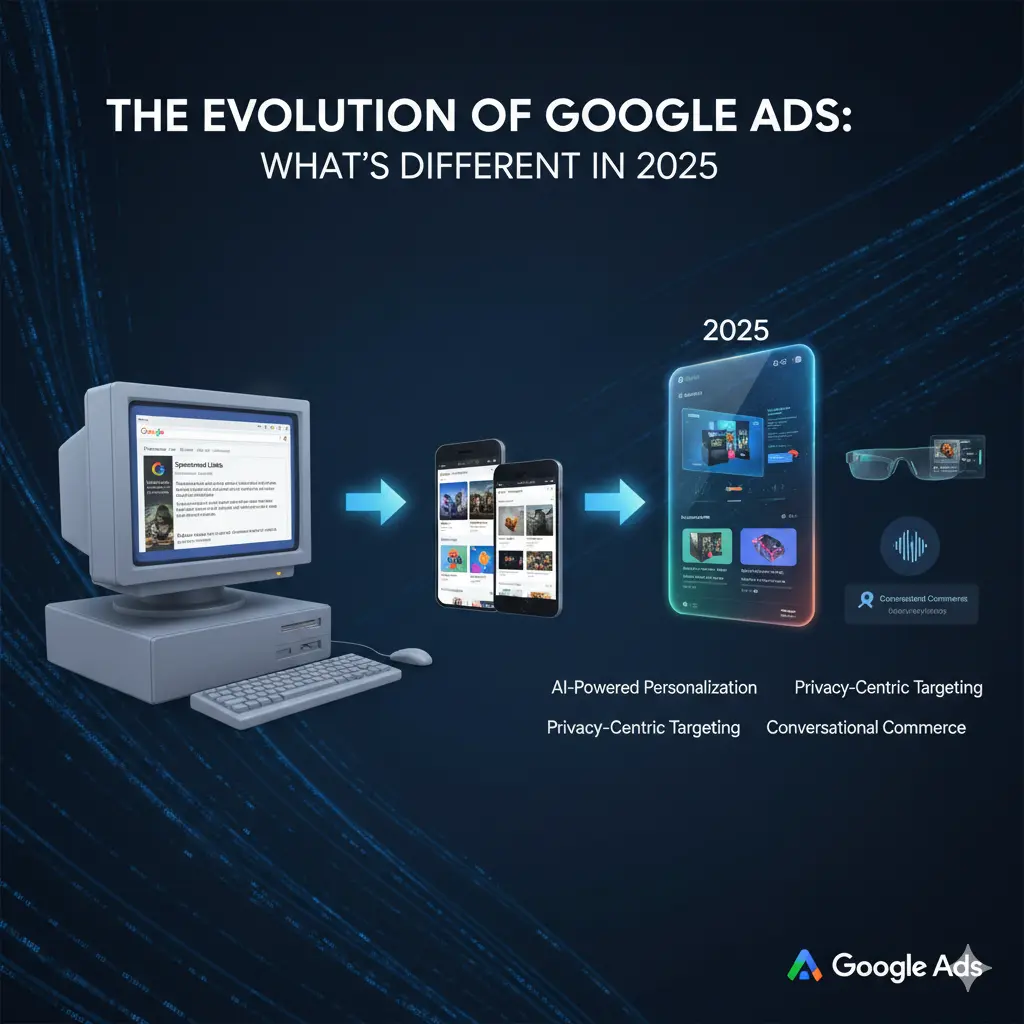
Performance Max campaigns represent the pinnacle of automated advertising in 2025. These campaigns leverage Google‘s entire advertising inventory—including Search, YouTube, Display, Gmail, Discovery, and Maps—through a single, AI-driven campaign structure for top trending Google Ads hacks.
Advanced Asset Group Optimization
The secret to Performance Max success lies in strategic asset group configuration. Create multiple asset groups within a single campaign to target distinct product lines or audience categories. Each asset group should contain:
- High-quality images and videos that showcase your products from multiple angles
- Compelling headlines that incorporate your target keywords naturally
- Persuasive descriptions that highlight unique selling propositions
- Clear call-to-action phrases that drive immediate action
Audience Signal Mastery
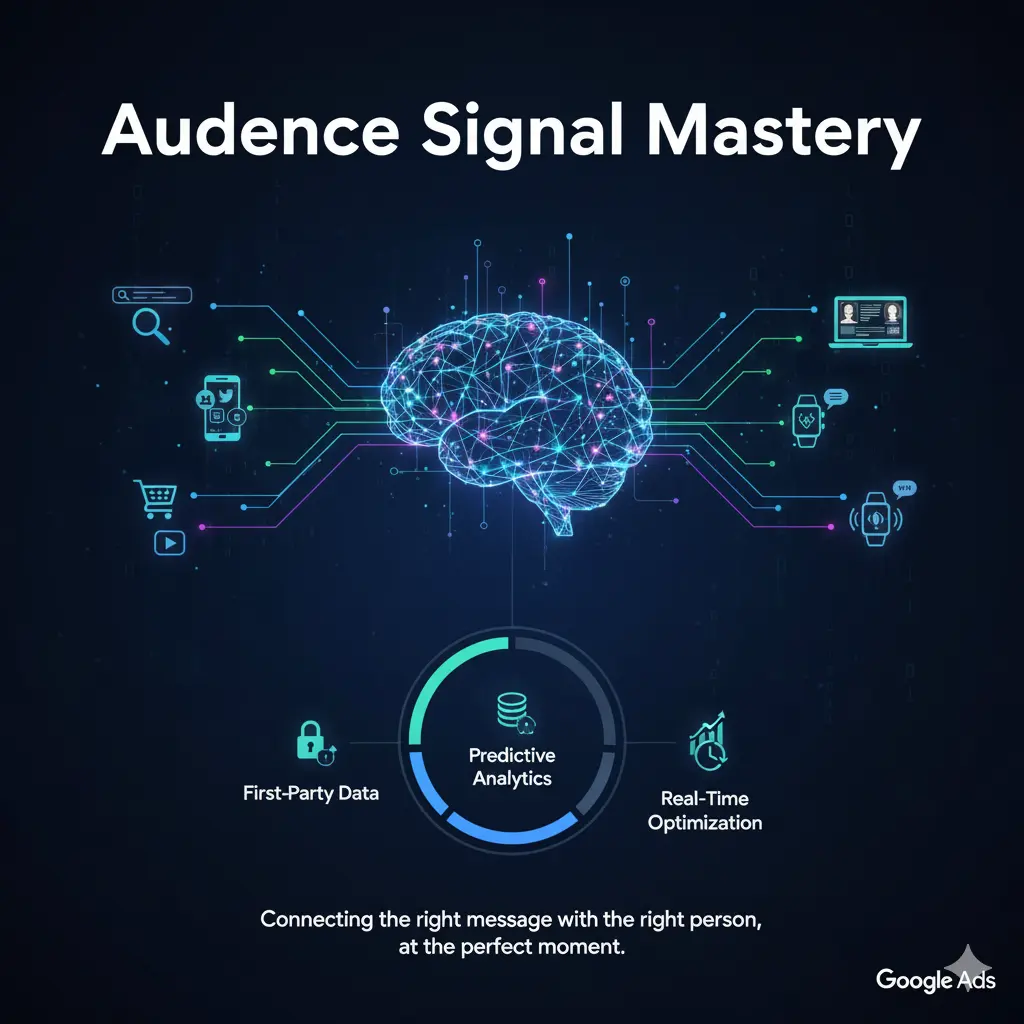
One of the most powerful yet underutilized Performance Max features is audience signals. These signals guide Google’s AI to understand your ideal customer profile. Advanced advertisers are now adding competitor websites as audience signals, providing Google with context about their target market.
Pro tip: Upload your best customer email lists as Customer Match audiences and use them as signals to help Google find similar high-value prospects.
Budget Allocation Strategy
Successful Performance Max campaigns require strategic budget management. Allocate 70% of your budget to proven performers and reserve 30% for testing new audiences and creative assets. This approach ensures consistent performance while allowing for growth opportunities.
AI-Powered Automation and Smart Bidding Mastery
Google’s Smart Bidding strategies have become significantly more sophisticated in 2025, incorporating billions of contextual signals to optimize bids in real-time. The key is selecting the right strategy for your business objectives for top trending Google Ads hacks.
Target ROAS for Profit Maximization
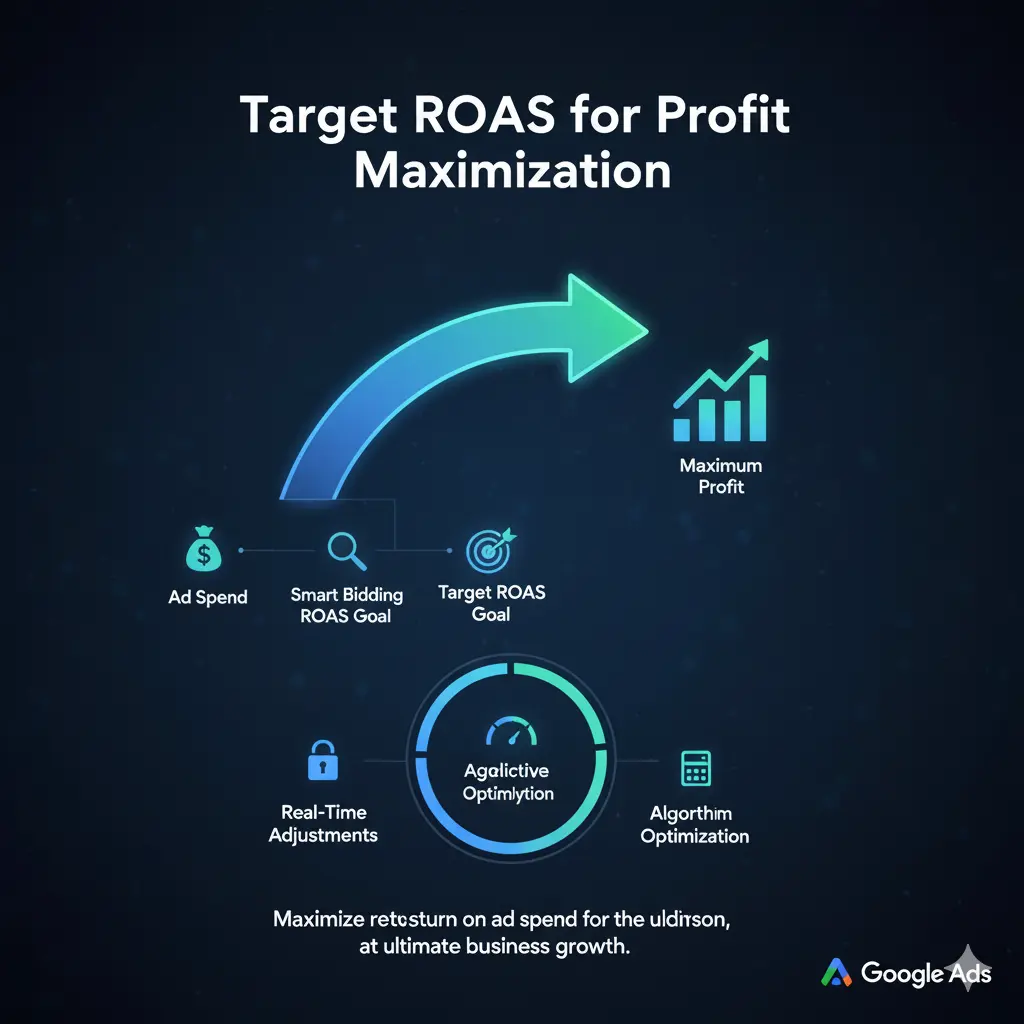
Target Return on Ad Spend (ROAS) bidding works exceptionally well for e-commerce businesses with clear profit margins. Set your target ROAS at 20-30% above your break-even point to account for algorithm learning periods. Google’s machine learning analyzes factors like device type, location, time of day, and search context to adjust bids automatically.
Maximize Conversions with Target CPA
For service-based businesses, Maximize Conversions with Target CPA delivers consistent lead generation results. This strategy focuses on generating the maximum number of conversions while maintaining your desired cost per acquisition. Start with a Target CPA that’s 15% higher than your historical average, then gradually lower it as the algorithm optimizes.
Enhanced Bidding with Device Modifiers
Mobile bid adjustments remain crucial in 2025, with mobile traffic accounting for over 60% of all Google searches. Implement positive bid modifiers for mobile devices if your mobile conversion rates exceed desktop performance. For local service businesses, mobile bid increases of 20-40% often yield substantial ROI improvements for top trending Google Ads hacks.
Advanced Audience Targeting Techniques
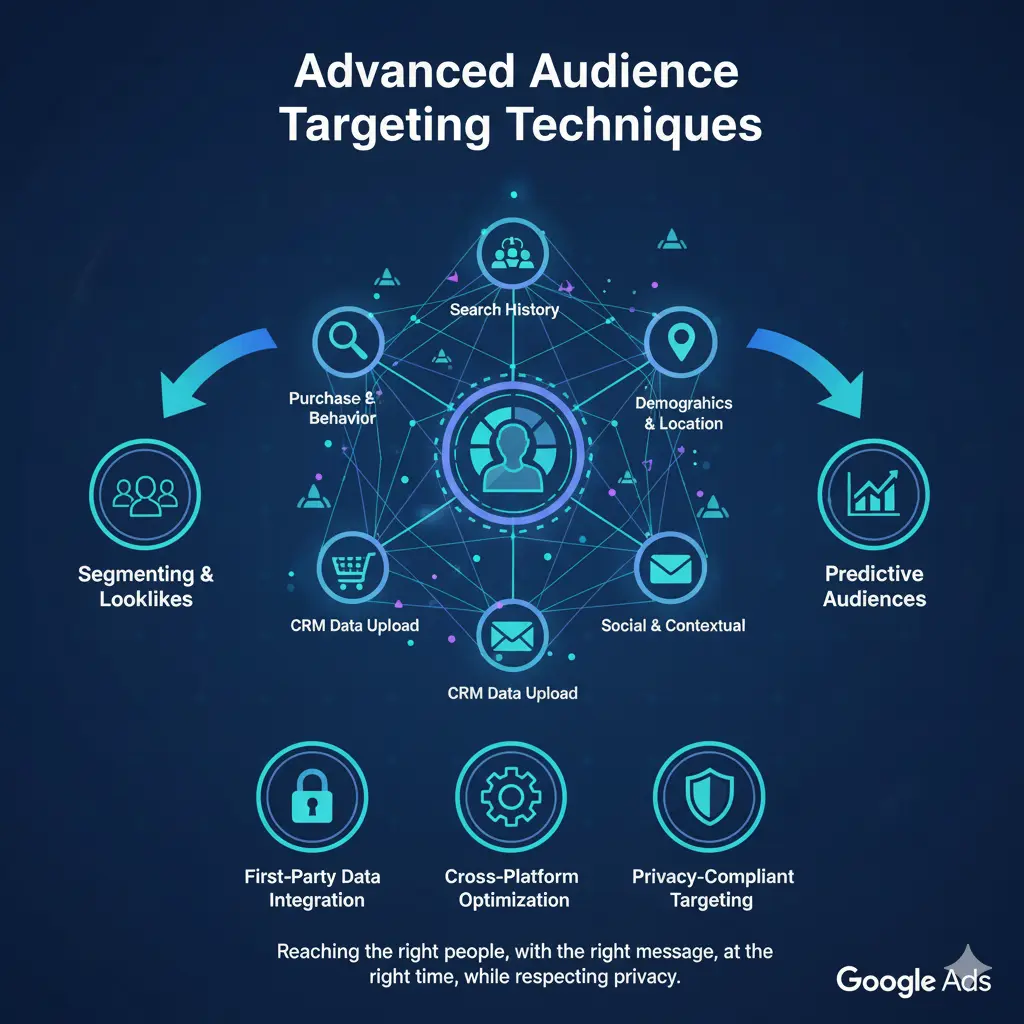
Audience targeting has become more precise and powerful with Google’s enhanced demographic capabilities. The platform now offers detailed demographic segments that go beyond basic age and gender targeting.
Detailed Demographics Targeting
Leverage detailed demographics to reach highly specific audience segments. Instead of broad demographic targeting, focus on characteristics like:
- Homeownership status for home improvement services
- Education level for professional service providers
- Employment by company size for B2B offerings
- Parental status specifics (parents of infants vs. teens) for family-oriented products
Custom Intent Audiences
Create custom intent audiences based on your competitors’ customers. Research the websites, apps, and content your ideal customers engage with, then build custom audiences around these interests. This strategy helps you capture high-intent prospects who are actively researching solutions in your industry for top trending Google Ads hacks.
First-Party Data Optimization
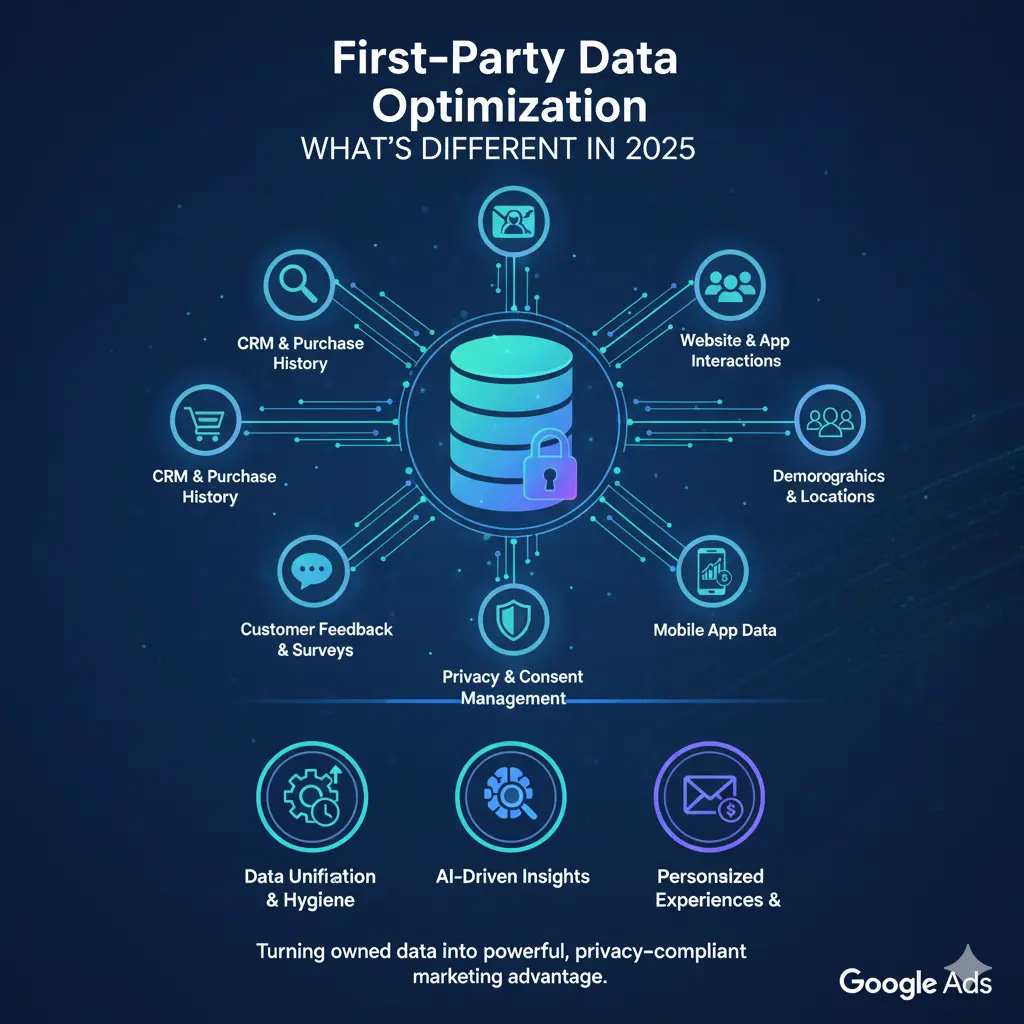
First-party data has become invaluable as third-party cookies phase out. Implement these advanced tactics:
- Upload customer email lists for Customer Match targeting across all Google properties
- Create lookalike audiences based on your best customers’ characteristics
- Use website visitor segments with different timeframes (7-day, 30-day, 90-day) for tailored messaging
Negative Keywords: The Profit Protection Strategy
Negative keywords have evolved into one of the most critical optimization tools in 2025, especially with Google’s broader match type interpretations. With Google increasing negative keyword limits to 10,000 per campaign, sophisticated advertisers are implementing comprehensive exclusion strategies.
Account-Level Negative Keywords
Build robust account-level negative keyword lists that exclude broadly irrelevant terms across all campaigns. Common exclusions include:
- Job-related terms (“careers,” “employment,” “hiring”)
- Free-seeking queries (“free,” “gratis,” “complimentary”)
- Educational searches (“how to,” “tutorial,” “DIY”)
- Competitor brand names (when not relevant)
Campaign-Specific Exclusions
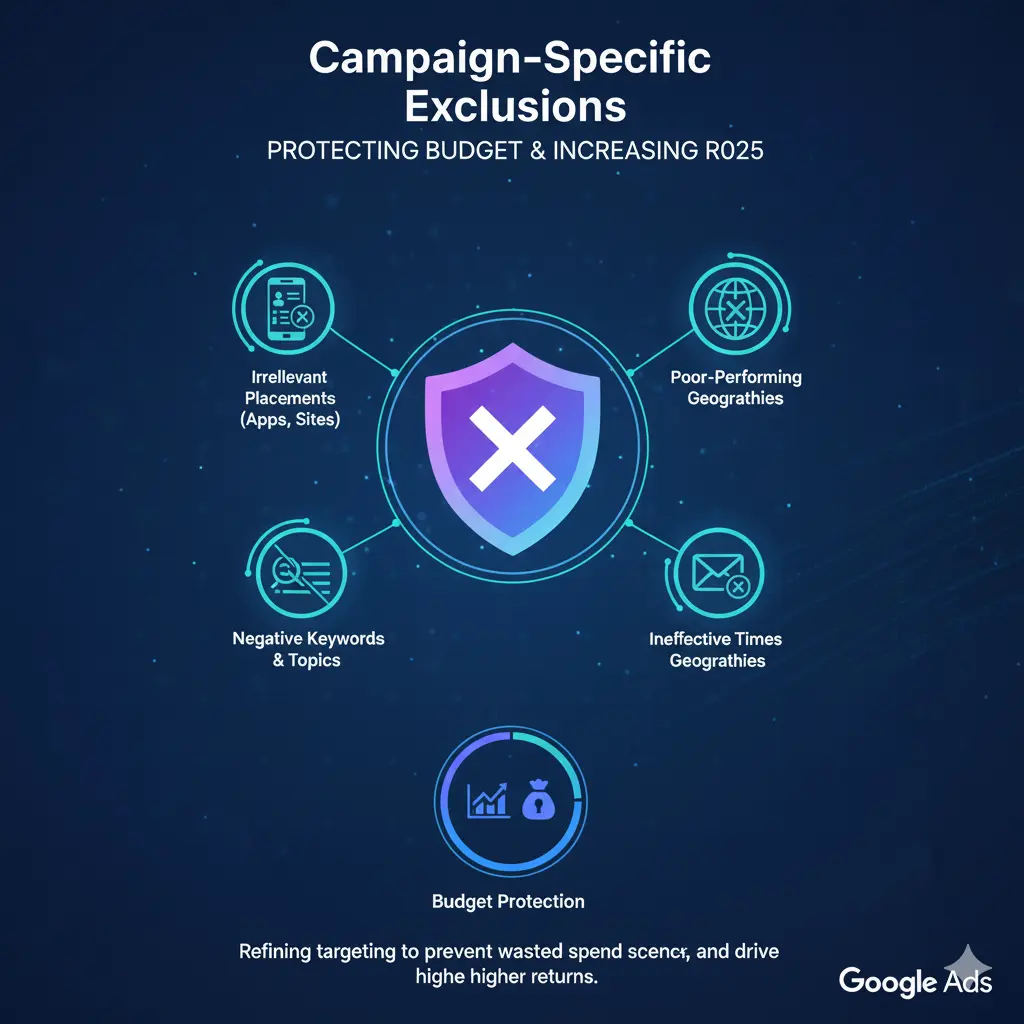
Develop campaign-specific negative keyword strategies based on your product mix. For luxury brands, exclude terms like “cheap,” “budget,” and “discount.” For premium services, block “free consultation,” “free quote,” and similar low-value queries.
Automated Negative Keyword Discovery
Implement automated negative keyword identification using search term reports. Set thresholds for automatic negative keyword addition—for example, any search term that generates more than $50 in spend without conversions gets automatically excluded.
Conversion Tracking and Attribution Mastery
Advanced conversion tracking setup is fundamental to campaign optimization success. Google’s enhanced conversion tracking capabilities in 2025 provide unprecedented visibility into customer journey attribution.
Enhanced Conversions Implementation
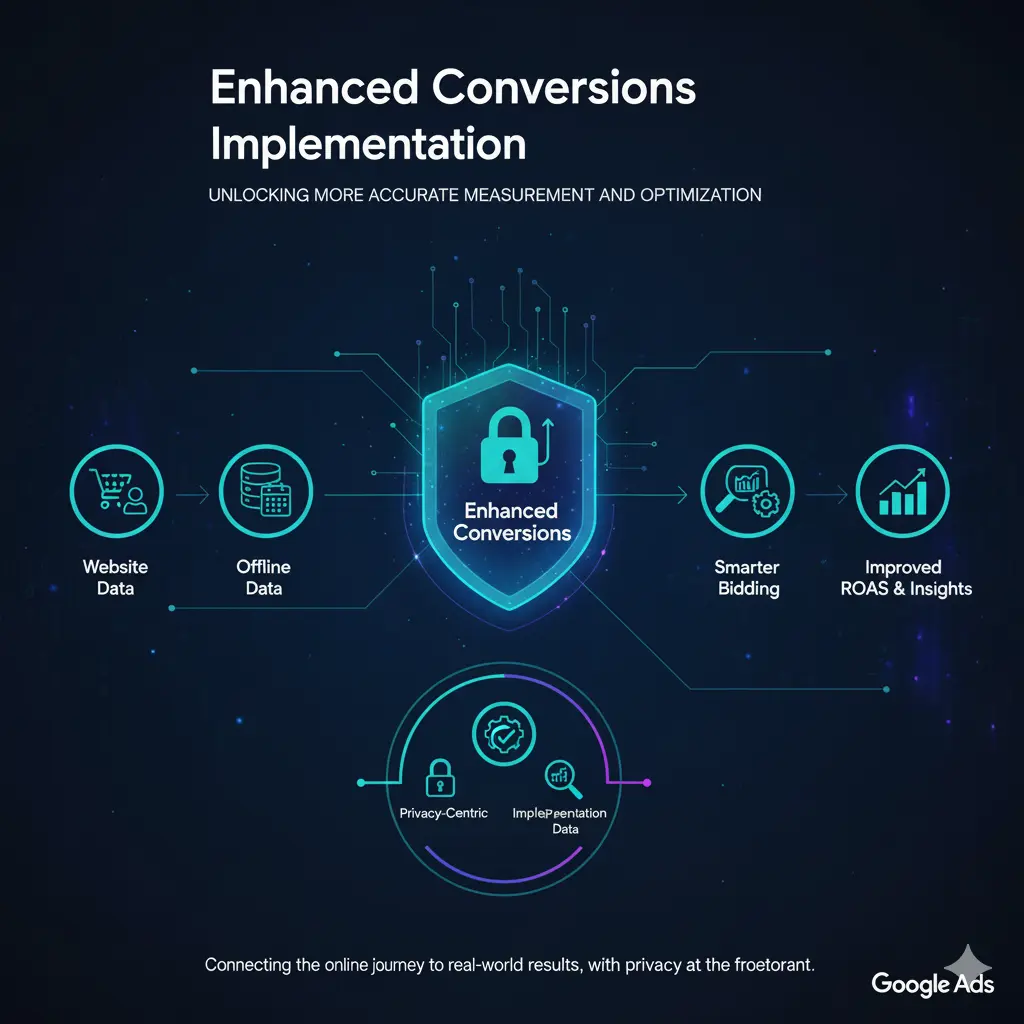
Enhanced Conversions bridges the gap between online and offline customer interactions. This feature uses hashed customer data to improve conversion measurement accuracy by up to 30%. Implement enhanced conversions for:
- Phone call tracking from ad interactions
- In-store visit measurement for retail businesses
- Cross-device conversion attribution for complex customer journeys
Value-Based Conversion Tracking
Not all conversions are created equal. Implement value-based tracking that assigns different values to different conversion types. A demo request might be worth $500, while a whitepaper download is valued at $50. This approach enables Google’s algorithms to optimize for revenue, not just volume.
Custom Conversion Goals
Create sophisticated conversion funnels that track micro and macro conversions. Set up multiple conversion actions including:
- Micro-conversions: Email signups, content downloads, video views
- Mid-funnel conversions: Demo requests, consultation bookings, quote requests
- Macro-conversions: Purchases, contract signings, high-value form submissions
Mobile-First Optimization Strategies
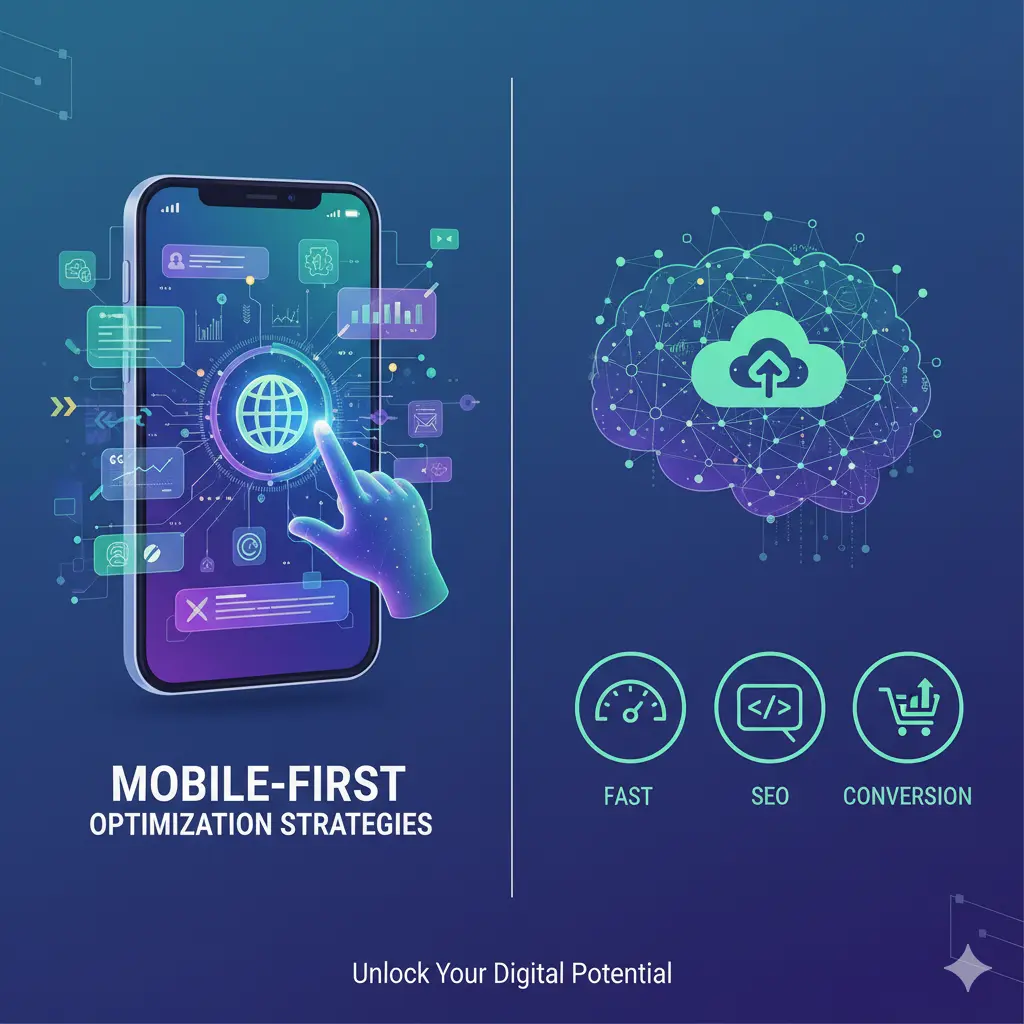
Mobile optimization has become non-negotiable in 2025, with mobile devices generating the majority of clicks and conversions. Successful advertisers implement comprehensive mobile-first strategies for top trending Google Ads hacks.
Mobile-Preferred Ad Copy
Craft ad copy specifically for mobile consumption. Mobile users have different behaviors and constraints:
- Use shorter headlines that display fully on small screens
- Include clear calls-to-action like “Call Now” or “Visit Today”
- Emphasize local elements for location-based businesses
- Highlight immediate value propositions
Call Extensions Optimization
Call extensions are crucial for mobile success, enabling one-tap calling from ads. Advanced optimization includes:
- Scheduled call extensions that only appear during business hours
- Call tracking numbers for accurate attribution measurement
- Call forwarding to ensure all calls are captured and converted
Mobile Landing Page Excellence
Mobile landing page optimization directly impacts ad performance. Key elements include:
- Sub-3-second load times to prevent user abandonment
- Touch-friendly interface design with appropriately sized buttons
- Streamlined conversion forms that minimize typing requirements
- Clear value propositions visible above the fold
Voice Search and Conversational Query Optimization
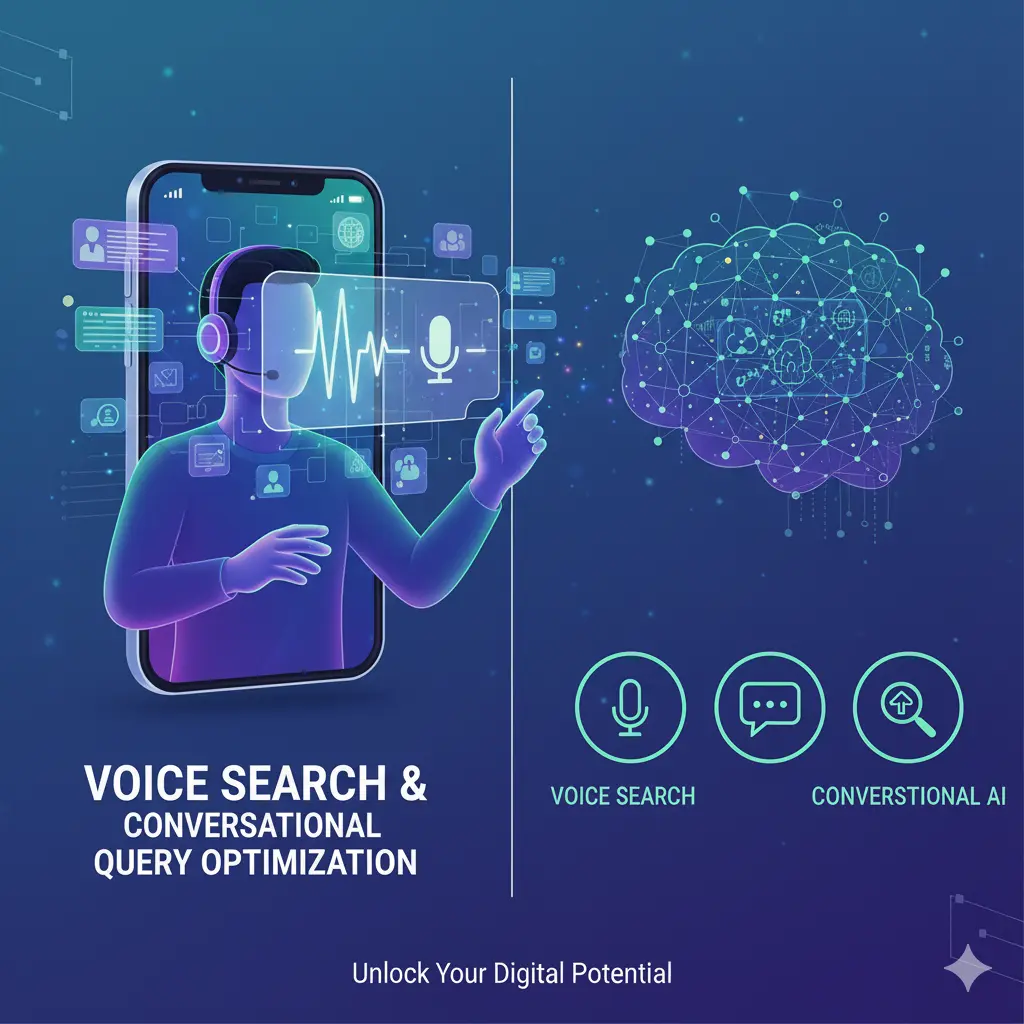
Voice search has fundamentally changed search behavior, with users employing more natural, conversational language. Forward-thinking advertisers are adapting their keyword strategies accordingly.
Long-Tail Conversational Keywords
Target question-based queries that mirror natural speech patterns. Instead of “plumber Chicago,” optimize for “who is the best plumber near me?” These longer, more specific queries often have higher commercial intent and lower competition.
Featured Snippet Optimization
Voice assistants frequently pull answers from featured snippets, making position zero more valuable than ever. Structure your landing page content with:
- Clear question-and-answer formats
- Bulleted or numbered lists for easy consumption
- Concise, direct answers to common customer questions
Local Voice Search Domination
76% of voice searches have local intent, making local optimization critical. Optimize for voice queries like:
- “Best [service] near me open now”
- “Where can I buy [product] today”
- “[Business type] with good reviews nearby”
Advanced Remarketing and Customer Journey Optimization
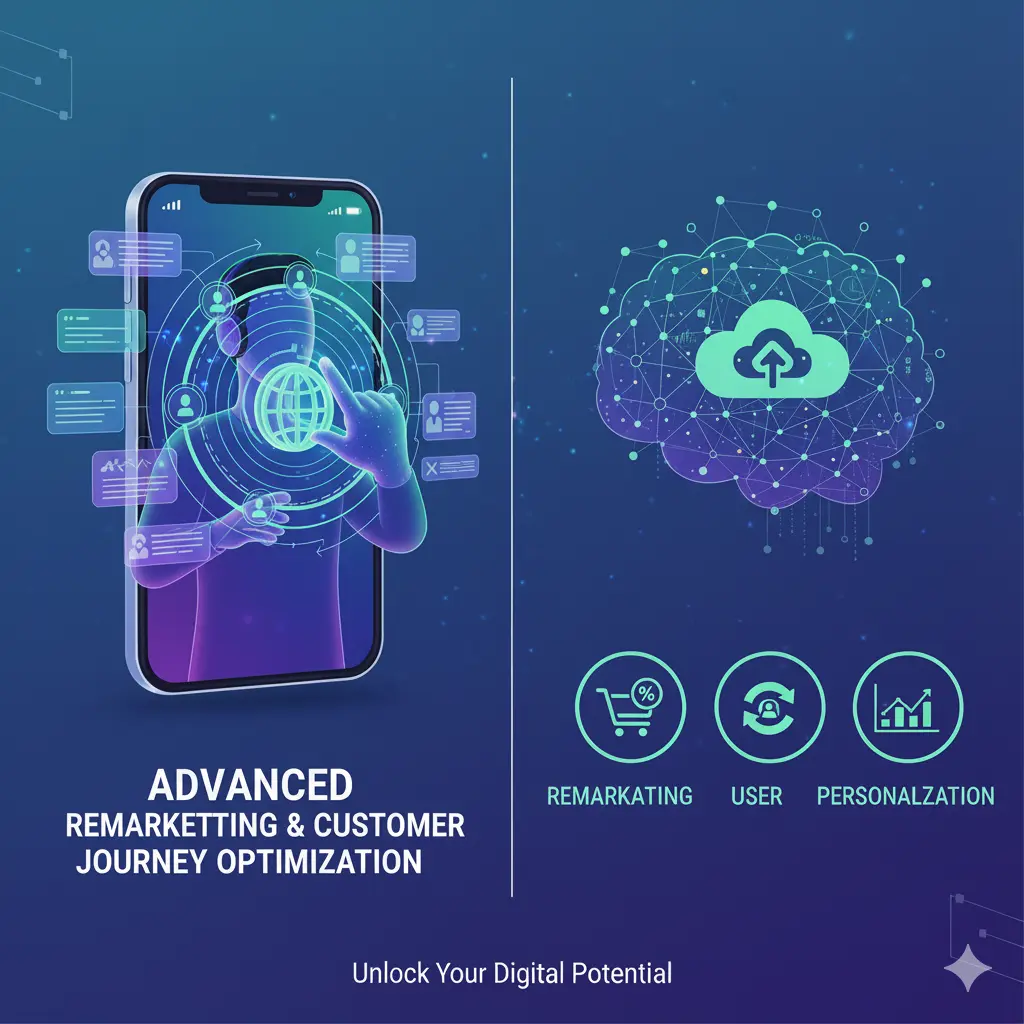
Remarketing has evolved beyond simple website visitor targeting to encompass sophisticated customer journey mapping and personalized re-engagement strategies.
Dynamic Remarketing Excellence
Dynamic remarketing automatically personalizes ads based on previously viewed products or services. This strategy delivers:
- Higher engagement rates through personalized messaging
- Improved conversion rates by showing relevant products
- Better return on ad spend through targeted audience focus
Sequential Remarketing Campaigns
Create remarketing sequences that guide prospects through your sales funnel:
- Awareness stage: General brand messaging for homepage visitors
- Consideration stage: Product-specific ads for category page viewers
- Decision stage: Promotional offers for cart abandoners
- Retention stage: Upselling to previous customers
Cross-Platform Remarketing Integration
Expand remarketing beyond Google by creating integrated campaigns across multiple platforms. Use Google’s Customer Match to create similar audiences on Facebook, YouTube, and other advertising platforms for comprehensive coverage.
Local SEO and Google Ads Synergy
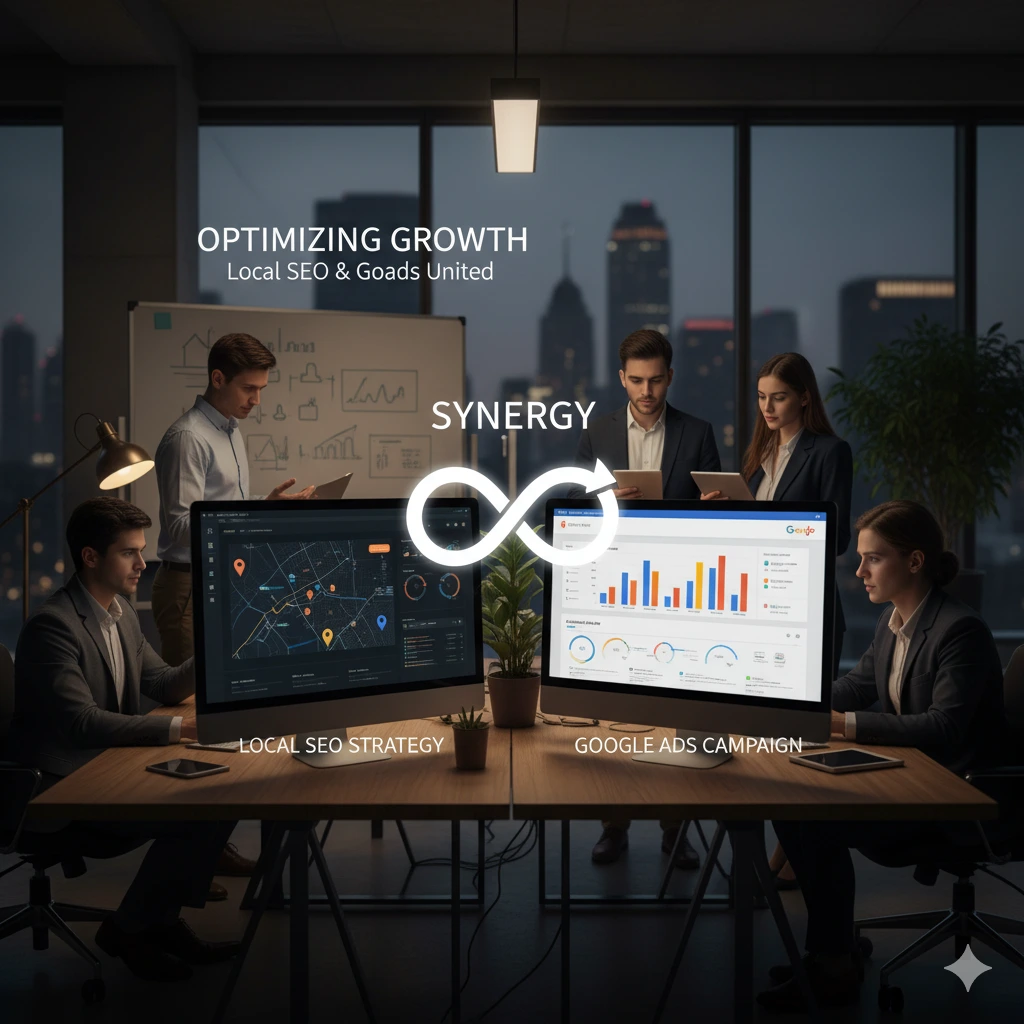
Combining Google Ads with local SEO creates powerful market dominance for location-based businesses. This integrated approach maximizes visibility across both organic and paid search results.
Google My Business Optimization
Fully optimize your Google Business Profile to enhance local ad performance. Key elements include:
- Complete business information with accurate hours and contact details
- High-quality photos of products, services, and location
- Regular Google Posts highlighting offers and updates
- Active review management with prompt responses to all feedback
Local Service Ads Integration
Google Local Service Ads provide premium placement at the top of local search results. These ads operate on a pay-per-lead model and include Google’s guarantee badge, significantly boosting credibility and conversion rates.
Location-Based Keyword Targeting
Implement comprehensive location targeting that goes beyond basic geographic settings. Include:
- Neighborhood-specific keywords for hyperlocal targeting
- “Near me” variations for voice and mobile searches
- Competitor location references to capture switching intent
- Event-based local keywords for seasonal opportunities
Automation and AI Integration Best Practices

Successful Google Ads management in 2025 requires strategic AI adoption while maintaining human oversight for critical decisions.
Smart Campaign Asset Optimization
Let AI handle routine optimization tasks while focusing human expertise on strategy and creativity. Use Google’s automated asset rotation to test multiple headline and description combinations simultaneously.
Automated Rule Implementation
Set up automated rules for routine campaign management:
- Pause underperforming ads after reaching statistical significance
- Increase budgets for high-performing campaigns during peak hours
- Adjust bids based on weather, seasonality, or inventory levels
- Send alerts for unusual performance changes
Human-AI Collaboration
The most successful campaigns combine AI efficiency with human strategy. Use automation for data processing and routine optimization while applying human judgment for:
- Creative strategy development
- Audience insight interpretation
- Competitive positioning decisions
- Brand messaging consistency
Measuring Success: Advanced Analytics and Optimization
Comprehensive measurement is essential for continuous improvement and ROI maximization. Modern Google Ads success requires sophisticated analytics approaches.
Attribution Model Selection

Choose attribution models that reflect your actual customer journey patterns. For businesses with longer sales cycles, data-driven attribution provides more accurate conversion credit assignment than last-click models.
Conversion Value Optimization
Optimize for conversion value, not just conversion volume. Track and optimize for:
- Customer lifetime value rather than just initial purchase value
- Profit margins by assigning appropriate conversion values
- Lead quality scores based on historical conversion data
Advanced Reporting and Insights
Implement sophisticated reporting that provides actionable insights:
- Segment performance by device, location, and audience
- Time-of-day analysis for optimal budget allocation
- Search term mining for keyword expansion opportunities
- Competitor impression share monitoring for market position assessment
Conclusion: Your Roadmap to Google Ads Mastery
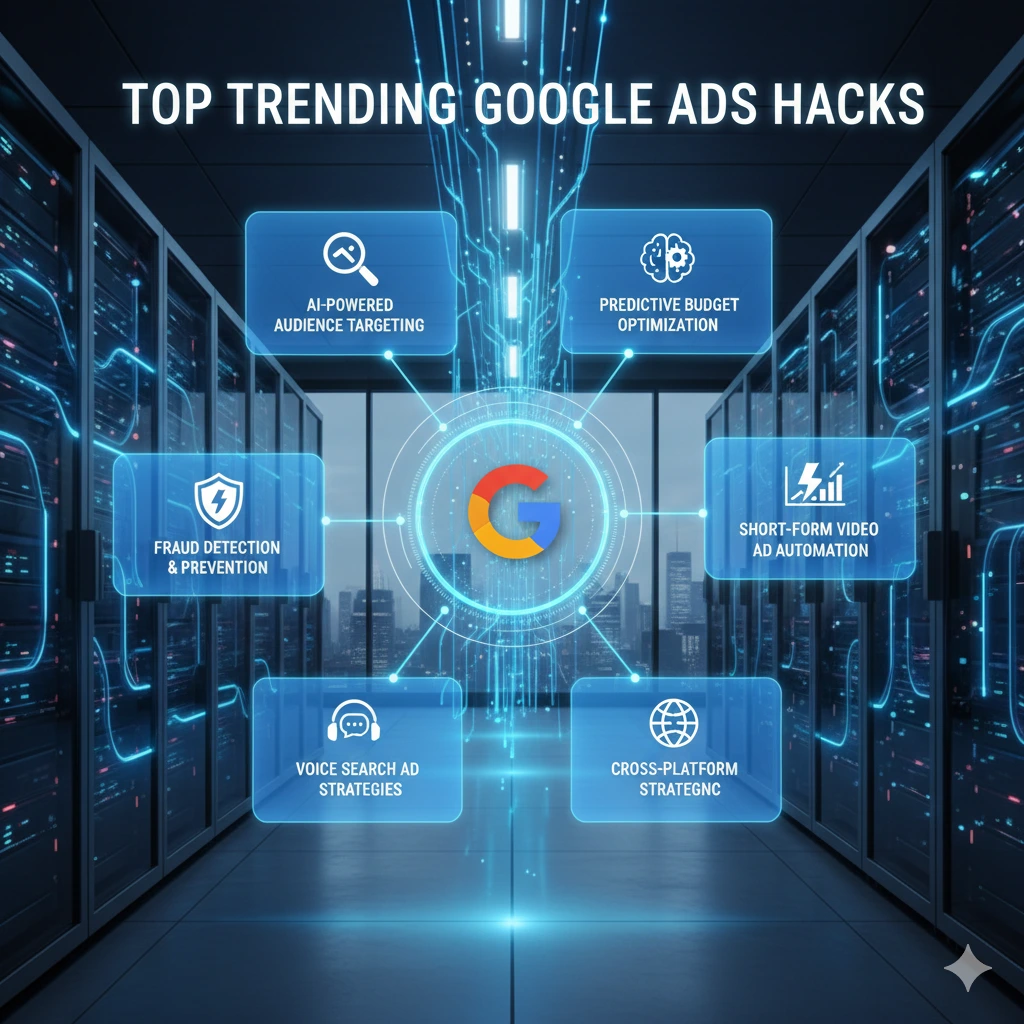
The digital advertising landscape in 2025 rewards advertisers who embrace AI-powered automation while maintaining strategic human oversight. Success requires a comprehensive approach that integrates advanced targeting, sophisticated bidding strategies, conversion optimization, and continuous performance measurement.
By implementing these cutting-edge Google Ads strategies—from Performance Max campaign optimization to voice search preparation—businesses can achieve substantial competitive advantages in the USA market. The key is consistent testing, optimization, and adaptation to Google’s evolving platform capabilities.
Remember that Google Ads success isn’t about implementing every available feature, but rather selecting the right combination of strategies that align with your business objectives, target audience, and competitive landscape. Start with the fundamentals, master the advanced techniques gradually, and always prioritize data-driven decision making for sustained growth and profitability.
The businesses that thrive in 2025 and beyond will be those that view Google Ads not just as an advertising platform, but as a comprehensive growth engine that drives qualified traffic, generates valuable leads, and builds sustainable revenue streams. With these advanced strategies in your toolkit, you’re equipped to join their ranks and achieve exceptional advertising success for top trending Google Ads hacks.
FAQS
Performance Max campaigns leverage Google's channels and AI to automatically place ads across Search, Display, YouTube, Maps, Gmail, and Discover, optimizing towards your chosen conversion goals. This unified approach ensures you reach high-intent users at the right time, boosting conversion rates and reducing manual work.
Google has introduced more controls, including campaign-level negative keywords, brand exclusions, device targeting, and demographic exclusions. Advertisers can guide AI by setting clear goals, using audience signals, and monitoring asset group performance to ensure campaigns align with business objectives.
Asset groups let you upload multiple creative assets (headlines, descriptions, images, videos). Google tests combinations in real time, but you should provide high-quality, diverse assets for each product or service line, regularly review performance reports, and replace underperforming creatives.
Audience signals are crucial for steering Google’s AI. Supplying your own customer lists, website visitor segments, or custom intent audiences enables Google to target high-value prospects. This is especially important as third-party cookies become obsolete.
The most successful smart bidding strategies are Target ROAS for profit-driven brands and Target CPA for leads/service businesses. Start with conservative targets and adjust as Google’s AI gets more data. Always tie bidding to high-quality, value-based conversions, not just volume.
Yes. Enhanced Conversions (using hashed first-party data) improve tracking precision and attribution across devices and channels. Advertisers now set multiple conversion goals—micro and macro—to optimize the entire customer journey and feed richer data back into Google’s algorithms.
Account-level negative keywords now offer broad coverage across campaigns. Leveraging campaign-specific exclusions helps filter out non-buying traffic (e.g., "jobs," "free," "DIY"), protecting budgets and focusing on high-value queries.
Combining Google Ads with local SEO maximizes visibility and lead generation. Use hyperlocal keywords, optimize your Google Business Profile, run Local Service Ads, and include location/direction extensions to boost real and online foot traffic.
With most searches now mobile and many via voice, it’s crucial to create concise ad copy, use call extensions, and optimize mobile-friendly landing pages. Incorporate conversational long-tail keywords that mimic how people naturally ask questions.
Common mistakes include failing to provide enough creative assets, ignoring audience signals, not reviewing asset and segment performance, neglecting conversion tracking, and relying only on automation without strategic oversight. Consistently test, review, and adjust campaigns for best results.
Share this post :
Newsletter
Add Your Heading Text Here
Lorem ipsum dolor sit amet, consectetur adipiscing elit. Ut elit tellus, luctus nec ullamcorper mattis, pulvinar dapibus leo.
